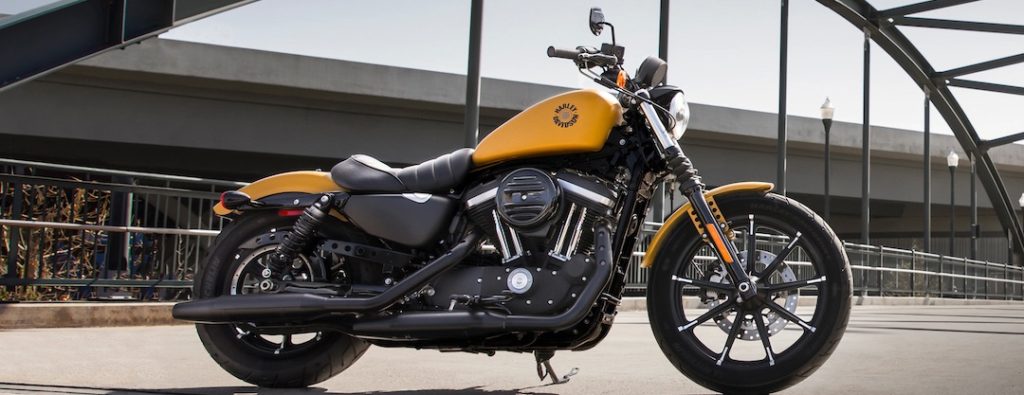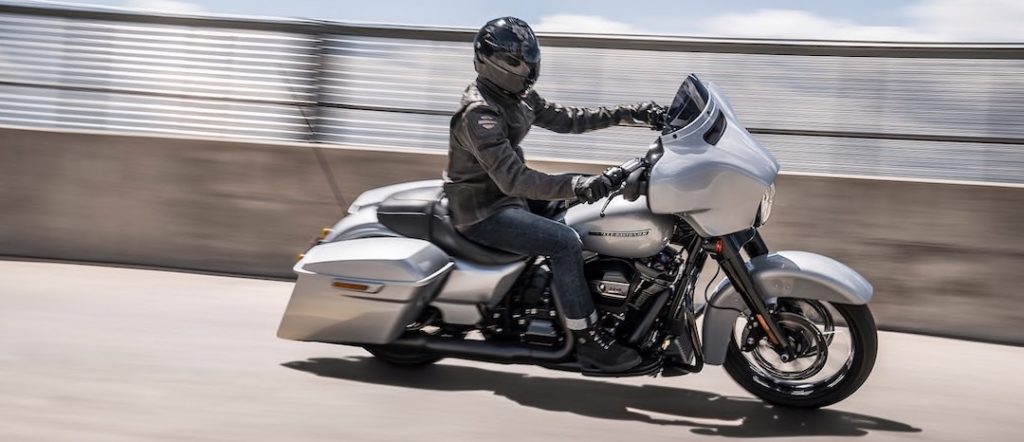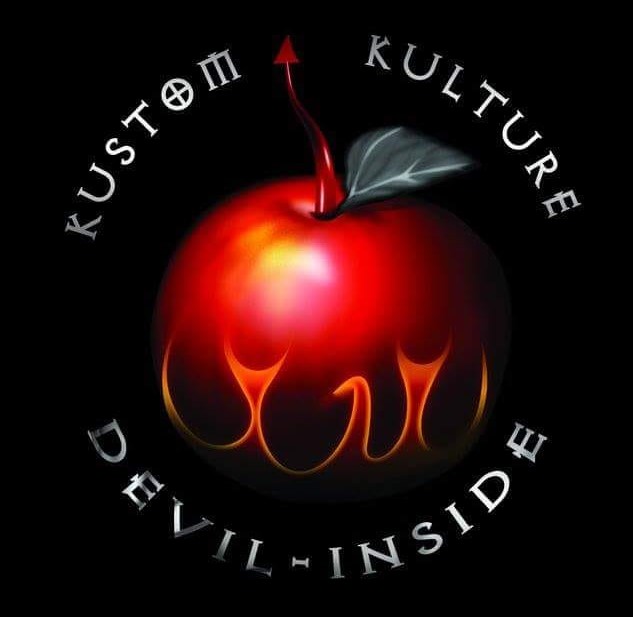Indeed very few motorcycles can boast 62 years of uninterrupted production, the Harley-Davidson Sportster (XL) is one of them. Harley-Davidson has started manufacturing the Sportster since 1957 and continues to these days without interruption: an icon. (more…)
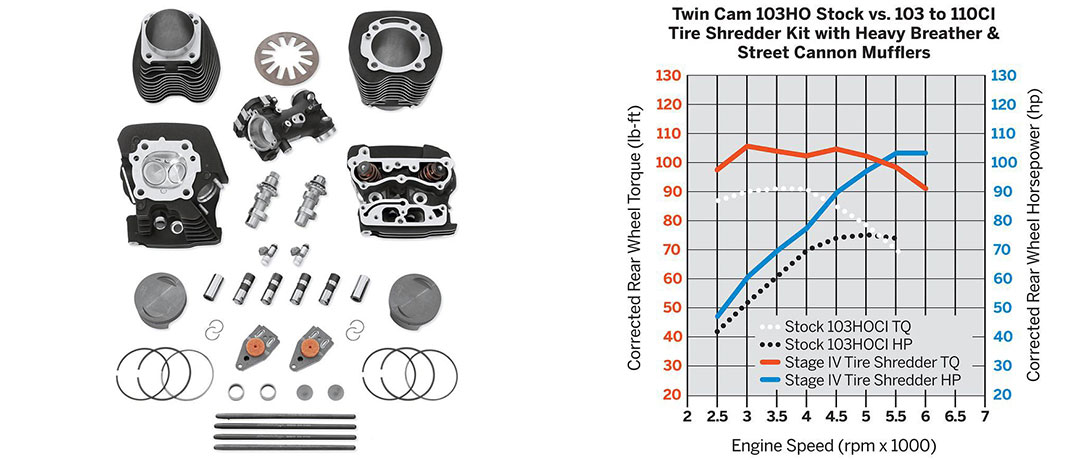
Today I return to Stage V, the so-called “tire shredder”, installed on a 2016 Touring Police in order to try to highlight the difference between remapping and tuning an engine. (more…)

The Harley-Davidson Twin Cam, also called “Fathead”, is an air-cooled 45 ° V-twin engine, 2 overhead valves per cylinder and has two cams in the crankcase (hence the name), initially powered by a single carburettor and subsequently electronic fuel injection, produced by Harley-Davidson since 1998 and discontinued in 2017. Initially it had a displacement of 1,450 cm³ (88 cubic inches) that raised to 1,801 cm³ (110 cubic inches) in the CVO (Custom Vehicle Operations) series motorcycles. In 2016 the Twin Cam 110 equipped the Dyna Low Rider S and Fat Boy S models. (more…)
For some time I had been planning to test and compare the performance of the new Milwaukee-Eight 114″ in three configurations that had as a common denominator the preservation of the original design of the bike:
- air filter, head-pipe, slip-ons and map all stock,
- air filter, head-pipe, slip-ons all stock, canned map,
- K&N air filter, Supertrapp head-pipe, stock but modified slip-ons and dyno tuned map.
(more…)
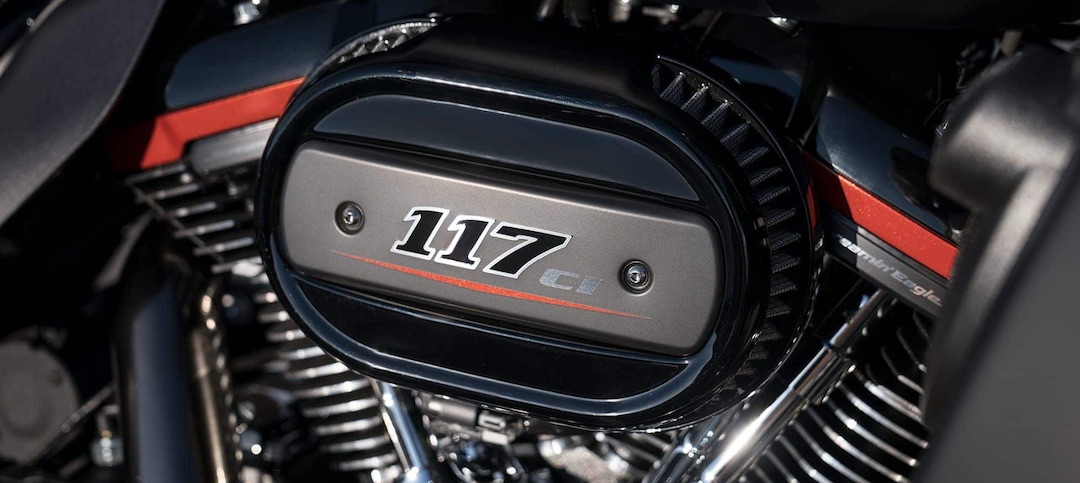
I do not deny that I was waiting, almost anxiously, to tune the new CVO 117″ engine with a Stage I and finally it happened.
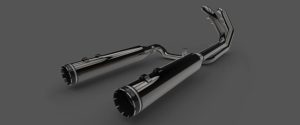
Khrome Werks 2:2 eclipse
I am talking about a fresh Harley-Davidson 2019 CVO Street Glide equipped with a Khrome Werks 2: 2 exhaust system with 4.5″ slip-on in the all new Eclipse color.
The bike was mapped with one of the maps developed using Alientech technologies for the official H-D dealerships that are now orphan of the Screamin’ Eagle Super Tuner Pro.
I was positively impressed by the owner: not for everyone can feel that a 117″ M8 engine with Stage I installed and mapped can be more performing.
Below you will find the dyno graph. Numbers are not everything, but often they clarify many things: +9 hp of power and +13 N-m of torque after a well executed engine tuning.
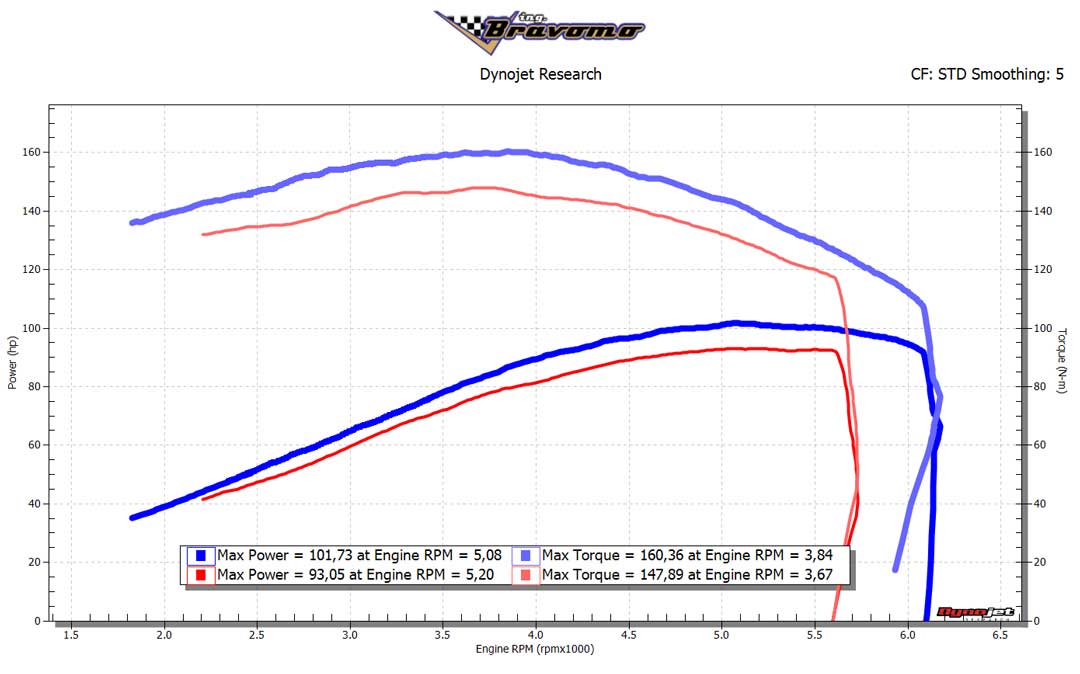

Figure 1 – example of a dyno graph
Often, what many bikers covet most at the end of tuning is a nice dyno graph (Figure 1) highlighting the differences between before and after tuning. (more…)
